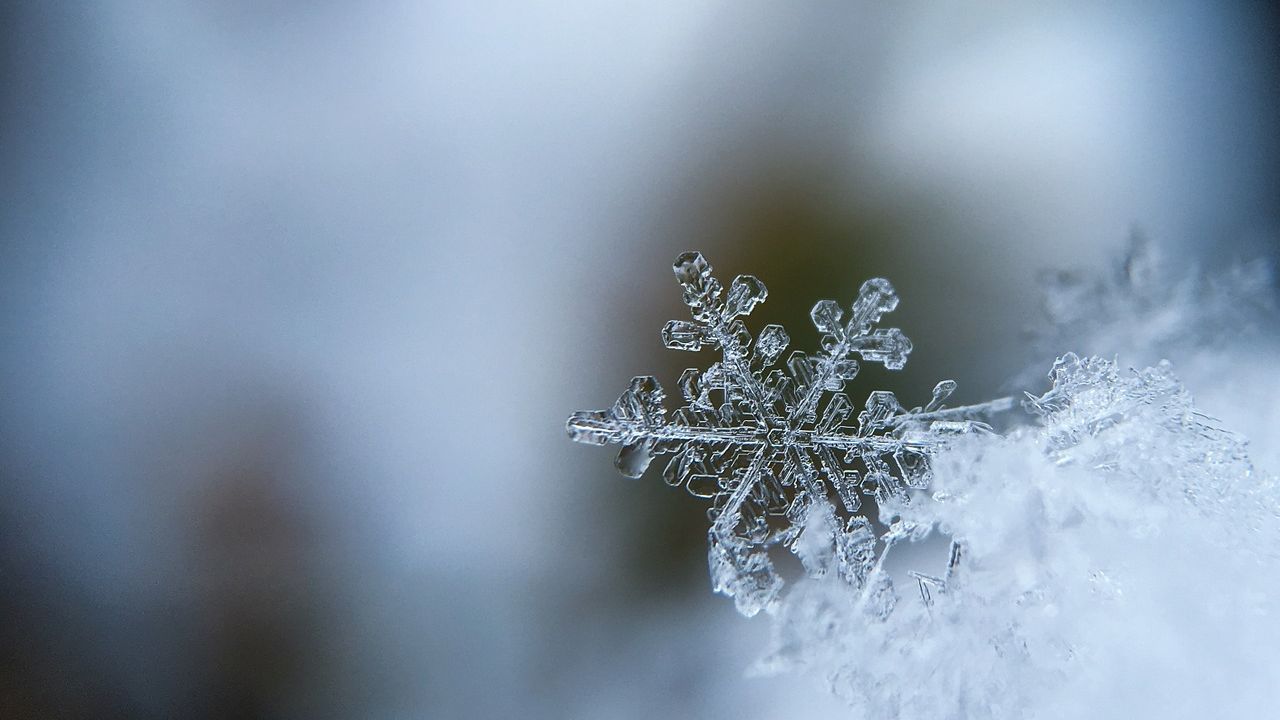The long range outlook for winter 2020-2021 is for warmer and drier than average conditions across North Carolina. That does not necessarily mean, though, that snow-lovers should give up hope.
After all, the mountains of our state have already seen snowy and icy conditions on at least a couple of occasions in December.
When making a three-month outlook, one of the first things to consider is the global weather pattern. From December through February, we are confident that weather around the world will be influenced by La Niña.
The key sign of La Niña is cooler than normal sea surface temperatures across the east-central Equatorial Pacific. That correlates to an atmospheric pattern typically featuring a polar jet stream that stays mostly to the north across the United States.
The end result is much of the southeastern U.S. including the Carolinas is warmer and drier than average for the winter season.
In a three-month period that is, on average, warmer and drier, we would still expect to see short cold snaps and occasionally some wet weather. Will the cold temperatures phase up at just the right time with the wet weather to produce snow? That's pretty much an impossible question to answer weeks and months in advance, especially for locations outside our state's mountains.
Snow outside the high country is less likely in a La Niña winter, but it has certainly happened before. Snow lovers will just have to keep watching the forecast closely over the coming weeks.
Remember that forecasting snow even more than three to five days in advance is very tricky in our part of the country.
One concern that we'll have to watch for later in winter is a "false spring," or a period of warmer than normal temperatures before the last freeze of the season.
The State Climate Office of North Carolina points out that each of the last four Februaries have ranked in the top 11 warmest on record for the state. The odds of that happening again are higher given the La Niña outlook.
That could have a impact on agricultural interests in North Carolina as crops begin to grow or bloom before the last freeze of the season.



